$UNG $NG=F $BP
#NaturalGas #EnergyCrisis #Europe #GasPrices #CommodityMarkets #IndustrialDemand #Russia #RenewableEnergy #WindPower #OilPrices #Geopolitics #EnergySecurity
European natural gas futures retreated below €56 per megawatt-hour on Monday but remain close to the two-year high of €58.039 per MWh reached on February 10. The surge in prices has placed increasing pressure on industrial energy consumers, particularly in manufacturing and heavy industry, for which gas serves as both a direct fuel source and feedstock. The February 10 settlement price, which translates to $17.53 per million British thermal units (mmBtu) and $105.19 per barrel of oil equivalent (boe), underscores the broader impact of elevated gas costs on energy markets. This rise was attributed to various supply-side constraints, including colder temperatures, reduced wind power generation due to weak wind speeds, and the closure of Russian gas flows via Ukraine. As a result, European gas storage levels have tightened significantly, stoking fears of continued price volatility through the remainder of the winter and into the early spring months.
Persistent high natural gas prices have raised concerns among European policymakers and industrial players alike. Factories and manufacturers reliant on natural gas for operations, such as those in chemicals, steelmaking, and glass production, are finding it increasingly difficult to maintain profitability amid surging costs. Some producers have scaled back operations, while others are passing higher costs onto consumers, contributing to broader inflationary pressures across the European economy. Industrial demand for natural gas has weakened, partly due to conservation efforts and efficiency measures but also as a result of production slowdowns and temporary shutdowns. Should prices remain elevated, further reductions in industrial output could occur, worsening economic conditions in regions heavily dependent on energy-intensive industries. In response, European governments are exploring both short-term relief measures and long-term shifts toward energy diversification, but structural challenges remain.
Despite Europe’s significant strides in renewable energy, the combination of low wind speeds and a stalled nuclear power sector has underscored the region’s continued reliance on natural gas for grid stability. Wind generation, a key element in Europe’s push toward a greener energy mix, has underperformed in the past few weeks, forcing a greater dependence on gas-fired power plants. Moreover, the geopolitical landscape has further complicated energy security. The termination of Russian gas transit through Ukraine, a crucial supply route, has heightened concerns regarding Europe’s ability to secure reliable energy sources going forward. Countries have ramped up liquefied natural gas (LNG) imports, particularly from the U.S. and Qatar, to fill the supply gap, but logistical constraints and price competition from Asia have limited additional relief. This dynamic has resulted in sustained price pressure, leaving industrial consumers with few viable alternatives to mitigate rising costs.
Looking ahead, European gas demand is expected to moderate as winter transitions to spring, potentially alleviating some price pressures. However, structural supply concerns remain, and the region continues to navigate energy security concerns amidst broader geopolitical tensions. If gas prices fail to retreat to more sustainable levels, prolonged headwinds could emerge for European industries, further weighing on economic growth and corporate earnings. Market participants are closely monitoring inventory levels, as well as developments regarding alternative energy sources and policy interventions, to assess the long-term trajectory of natural gas prices. Additionally, the interplay between commodities like oil and LNG will shape future dynamics, as nations seek to balance energy cost stability with climate commitments. Investors in the natural gas market remain focused on both macroeconomic trends and geopolitical developments, as any supply-side disruptions or demand shocks could lead to further volatility in commodity prices.


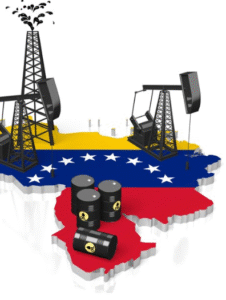


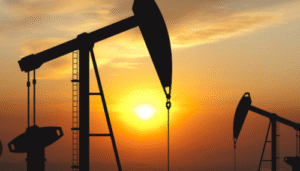
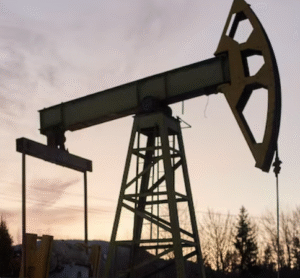


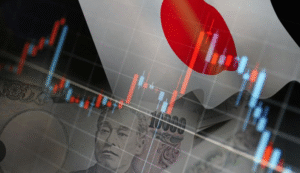
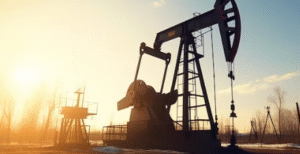
Comments are closed.